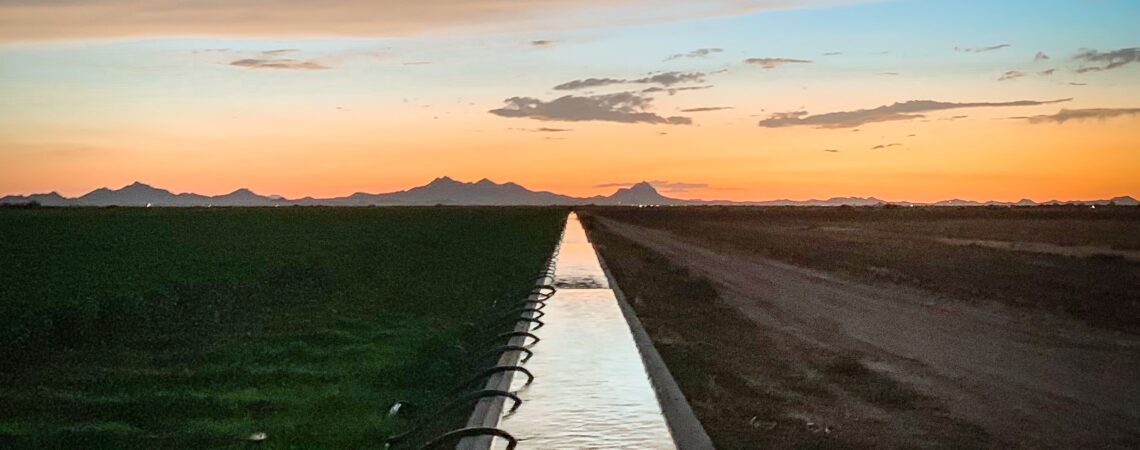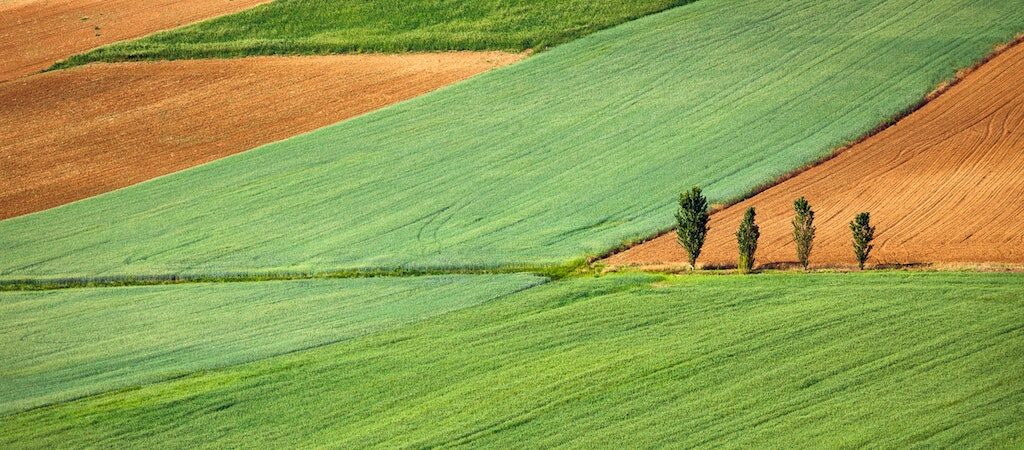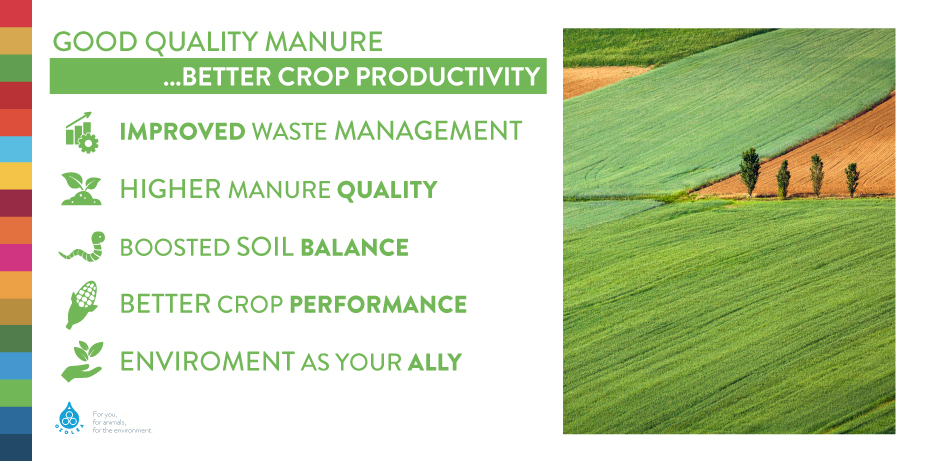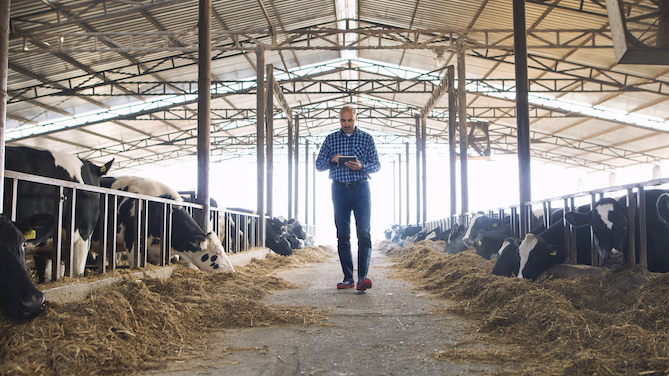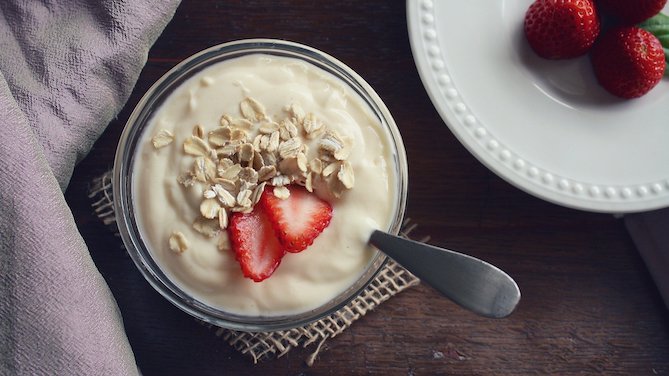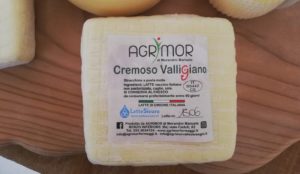Water and dairy farming, what a delicate argument. For the third time, we will discuss about being more sustainable while carrying out our activities as dairy farmers and you won’t notice it.
We need good quality water for agricultural crops. It is an essential resource especially during flowering, seed formation or ripening. Thus, irrigation is a really strategic practice for us.
With an improved management of water use along with an optimized use of nutrients and chemicals at field level, irrigation can substantially increase crop productivity: when crops grow under irrigation they generally achieve higher yields than when grown under rainfed conditions.
Water is also the major component of the dairy cows’ diet. Water is used by the cow for nutrient transport, digestion and metabolism, waste elimination, heat balance and maintenance of ionic and water balance.
Thus, even for animal welfare and health, we must strive to keep water clean and free from chemicals by improving the global management at many levels.
Let’s depict an overview about the critical points: this may be a helpful reflection to highlight what actions need an improvement on our dairy farms.
Farming activities involves the use of chemical products such as pesticides, metal-containing inputs and veterinary medicines. Their effects on the environment and human health is due to their spread in water and uptake by aquatic organisms.
In dairy farming, metals reaching water can stem from the application of metal-containing fertilisers, sewage sludge and liquid manure. We can find cadmium in mineral phosphorous fertilisers, and copper and zinc in animal feed, thus introduced in the environment through manure spreading or with copper‐ and zinc‐containing pesticides.
Pesticides can reach the environment by contaminating soil, surface water and groundwater. Aquatic organisms are directly exposed to pesticides via surface run-off or indirectly through trophic chains.
Regarding veterinary medicines, such as antibiotics, we are gaining experience and we know that they reach agricultural soils, surface waters and groundwater directly from our animals (but also from aquaculture) or indirectly when applying manure.
Last time, we discussed how soil biodiversity, in particular microbial biodiversity, has an important role in the maintenance of water quality.
Chemicals not readily degradable will leach into surface waters and groundwaters. They can also be dispersed by wind erosion.
Since soil, with the help of various organisms, filters and buffers the abovementioned and other contaminants, rational use of chemicals according to the manufacturer’s instruction is our responsibility.
Now, what can we do to give the right boost to quality of water?
Using resources more efficiently would mean to release the pressure of chemicals on water and preserve agricultural productivity, with global benefits for us.
As dairy farmers, we can start improving manure storage and application. Organic fertilisers (manure and plant waste) can ameliorate soil structure and microbial activity. We can contribute to circular economy while spreading manure since we would recycle nutrients embedded in organic waste.
We already discussed the limits of spreading manure last time: it is a matter of good management of the dairy herd (responsible use of veterinary medicines) and application of proper quantities of manure to soil in fields.
Soil management is another key point: by avoiding soil compaction and minimising soil disturbances (for instance, through practising zero or conservation/minimum tillage), we can enhance soil fertility, reduce the use of inorganic fertilisers, improve soil water retention and reduce difficult conditions related to dry spells and droughts.
We can then adopt an integrated pest management approach. It is a matter of proper crop and livestock management for the reduction of chemical inputs against pests and diseases on farms. It has a lot to do with water.
Finally, we can think over how to restore a more natural catchment hydrology across the rural landscape and within water bodies, so as to improve nutrient recycling, pollutant breakdown and water storage.
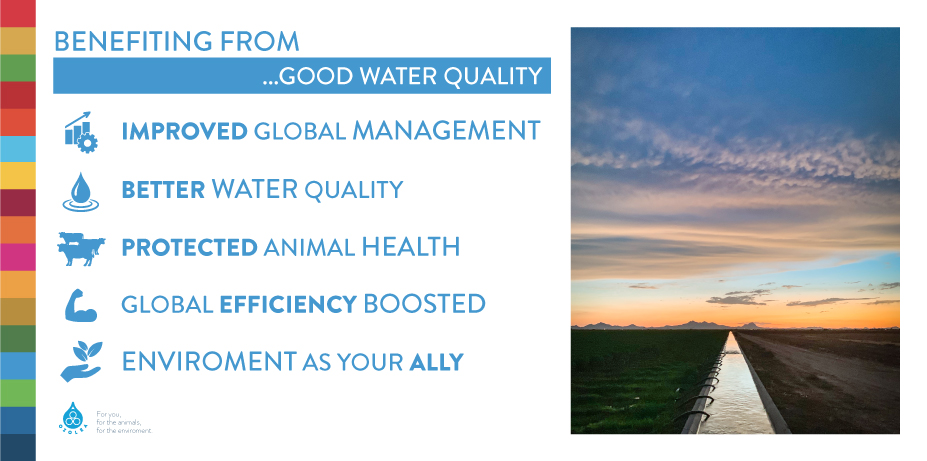
If you want to go deeper into this topic, you can find out more here: https://www.eea.europa.eu/publications/water-and-agriculture-towards-sustainable-solutions

